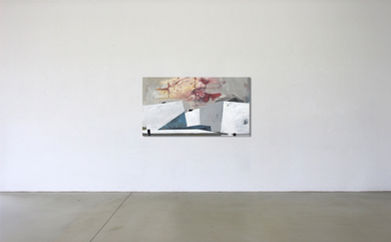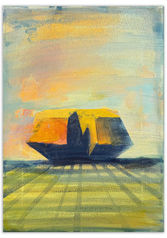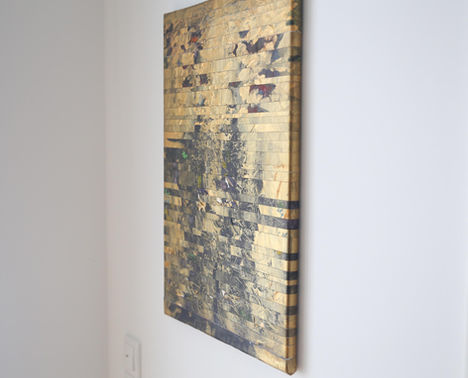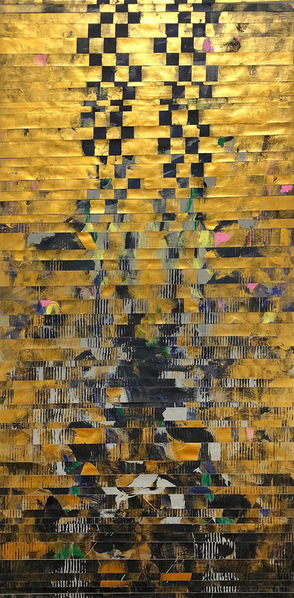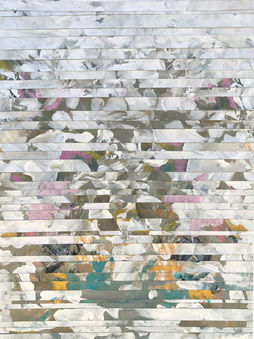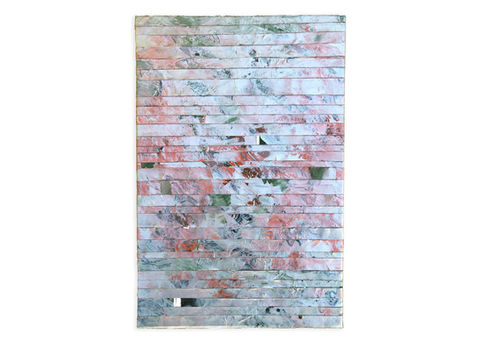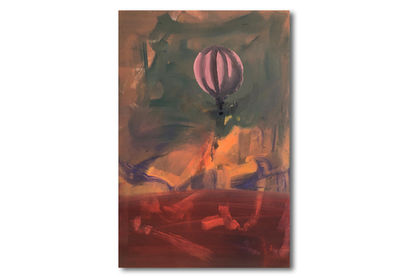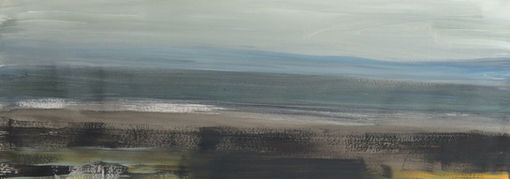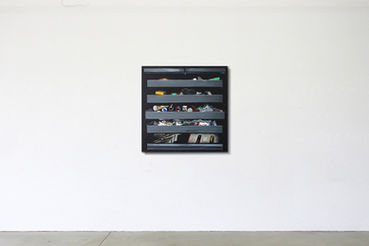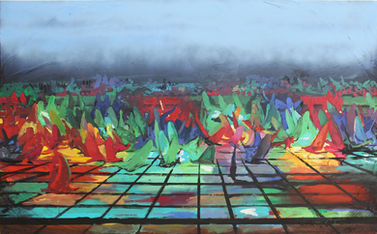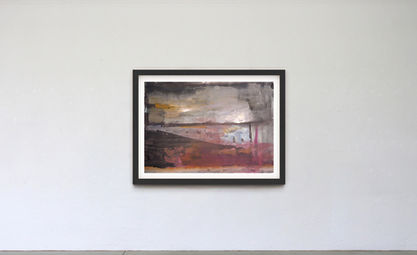ESCAPE. 2015-2023
This phase, titled "Escape," showcases a series of sequences created by Spasoski between 2015 and 2023. The title and narrative emerge spontaneously, reflecting a personal life theme of the author. While somewhat autobiographical, above all, "Escape" conveys a sense of hope, according to the author's explanation.
"Escape" represents a space between, serving as a synonym for happiness—the state the author aspires to be in the most. However, the title is somewhat formal, and the outcome is remarkably different. It portrays scenes and sequences of architectural solutions and landscapes wherein a new city emerges—a dynamic environment that embraces a small child navigating the world left behind by predecessors. This world blends children's perception with the present time, a world the author is determined to inhabit.
Here, different eras converge, as seen on the following gallery, where a bird's-eye view captures a 19th-century chariot amidst a mysterious escape. These scenes provoke contemplation and raise intriguing questions...
Bernard Hansen

LINEAR. 2015-2023
This collection, known as the Linear Cycle, comprises artworks by Spasoski, created between 2015 and 2022. The ostensibly formal title references the original concept of linear painting. However, linearity emerges as a pivotal outcome stemming from the artist's practice, aimed at cultivating a painting process devoid of conscious thought.
This involves a liberating painting activity on a piece of paper, often utilizing remnants of posters, initially focusing on paper as the canvas. Additionally, the approach may incorporate imagery from other creators—various sources of paper materials. The subsequent phase of the process involves the artist deconstructing these creations into cut paper strips, which are then meticulously reassembled and laminated onto canvas.
Practically speaking, the objective is to evoke an artistic sensation that remains coherent yet arises from an uncontrollable essence. The outcomes and artworks are nothing short of sensational, emanating intense vibrations reminiscent of pixelated digital images or even a glitch-like aesthetic—three-dimensional and rhythmic in nature...
Waldorf Berndt

Lyricism. 2015-2023
Lyricism as Applied to theVisual Arts
ROBERT REIFF
Musical terms have been borrowed by writers on art to describe certain effects in painting, sculpture, and even architecture which they sense as present but elusive.One such term is “lyricism.” It is used to frequently but, to my knowledge, has not been defined or even particularised.
Aldous Huxley, who once tried his hand at writing advertisement, concluded that “any trace of literariness in advertisement is fatal to its success. Advertisement writers may not be lyrical, or obscure, or in any way esoteric. They must be universally intelligible. A good advertisement has this in common with drama and oratory, that it must be immediately comprehensible and directly moving.”¹ While advertising men might disagree with Huxley, he quite apparently characterised the lyric as elusive, suggestive, and subtle, as comprehensible in due time, and as moving but not immediate in its impact. In the strictest sense of the word, the lyric refers to that which relates to the lyre and usually to verse suitable for music, and in particular to the voice. In the broader sense, the lyric refers to that which is rhapsodic or songlike, or to a kind of intensity of engagement with one’s vision. The word itself does not need definition, except as its meaning is in the process of constant extension. When it is used, like many words borrowed from one field and applied to another, it need some qualification.
Musical terms in particular have served to describe certain intangibles in the visual arts, those psychological aspects which find their seeming parallels in sound. This is particularly true of paintings of our own century because artists seek to communicate feeling states.
Robert Reiff is Chairmann of the department of art at Middlebury College, Vermont. His special areas of interest are Oriental and modern art and he has weitten two volumes in there areas: Indian Miniatures:
The Rajput Painters and Renoir. He has also had a dozen one-man shows.

Small Formats. 2015-2023











